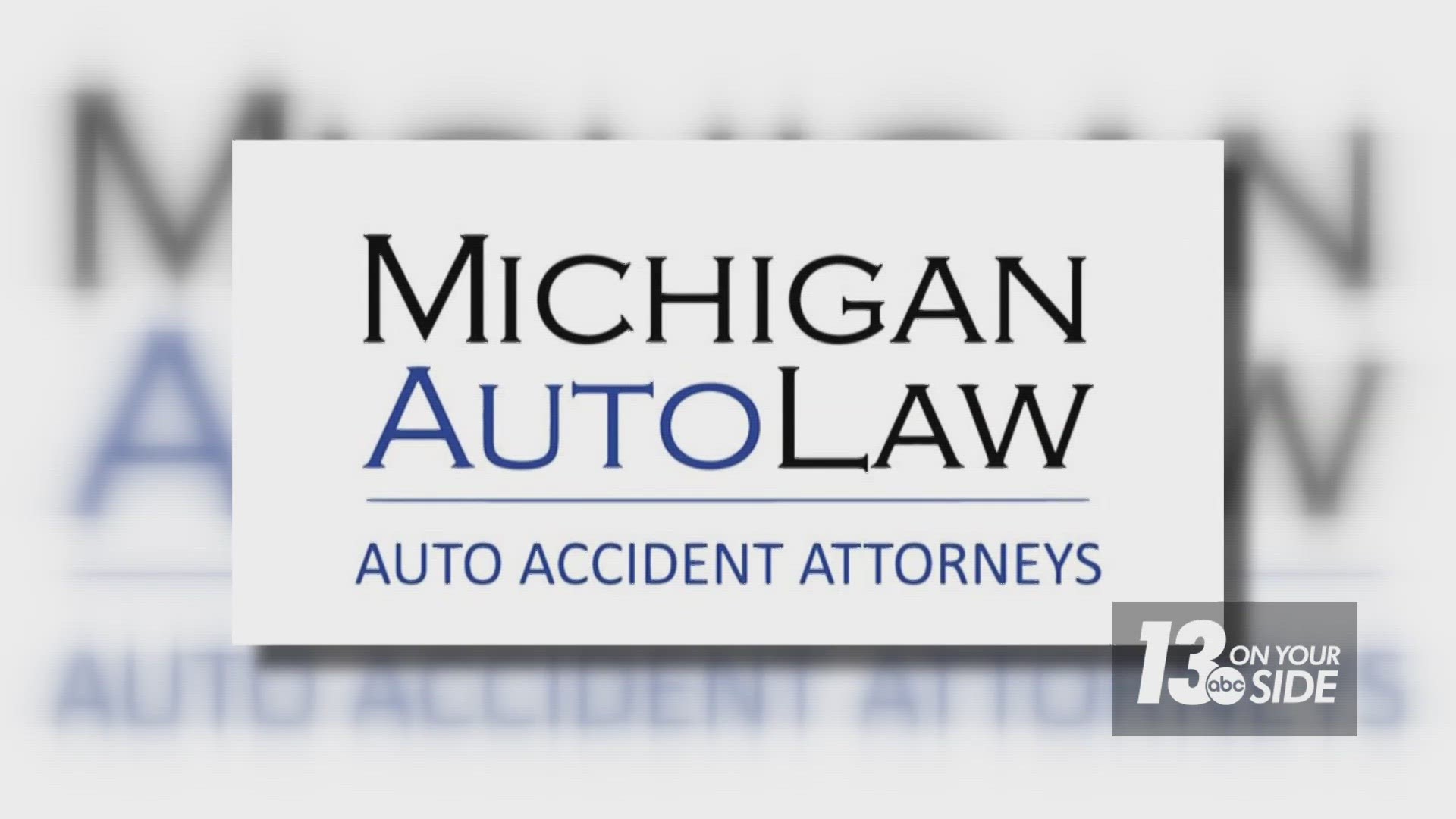GRAND RAPIDS, Mich. — Spring is finally here and that means many people will be getting out and about to enjoy it. The season also brings additional dangers on the road and attorney Brandon Hewitt from Michigan Auto Law explained what they are.
The first is an increase in bicycles on the road. Hewitt said bicyclist fatalities in Michigan increased 38% between 2019 and 2021, from 21 to 29 victims. Hewitt cautioned drivers to be especially careful between 3pm and 4pm because the peak hour for bicycle-car crashes and bicyclist fatalities is 3pm to 4pm.
As for the bikers, Hewitt said to always wear a bicycle helmet because it provides vital protection against traumatic brain injuries and concussions in the event of a crash (and it may minimize the severity of those injuries should they occur).
Springtime also means that pedestrians are more plentiful. Hewitt said pedestrian deaths due to car accidents increased 22.8% from 2019 to 2021. Hewitt had advice for both pedestrians and drivers:
- Cross at crosswalks – In Michigan in 2021, “crossing not at an intersection” was the most deadly thing pedestrians could do, accounting 31.7% of all pedestrian fatalities caused by motor vehicle crashes.
- Be careful between 6pm and 7pm – In Michigan in 2021, the hour between 6:00pm and 6:59pm had the most pedestrian-involved automobile crashes.
- Be careful on Sundays – Sunday was the deadliest for pedestrians in Michigan in 2021.
- Where sidewalks are provided, the law prohibits a pedestrian from walking “upon the main traveled portion of the highway.” (MCL 257.655(1))
- If there are no sidewalks and a pedestrian must walk in the road, he or she must “when practicable, walk on the left side of the highway facing traffic which passes nearest.” (MCL 257.655(1))
Hewitt said speeding and driving faster in nicer weather is also a concern. According to the National Highway Traffic Safety Administration, June, July and August are the months that have the most fatal crashes involving speeding drivers. The numbers of people killed or seriously injured in motor vehicle crashes where excessive speed was a factor have increased from 2019 to 2021. Know this:
- Speeding reduces your ability to steer safely around another vehicle, a hazardous object or an unexpected curve – the greater your speed, the less reaction time you will have
- Speeding extends the time it takes your vehicle to stop - every time your speed doubles, the stopping distance quadruples.
- Speeding increases the risk of a crash because other vehicles and pedestrians may not be able to judge your distance correctly.
And finally, Hewitt had a warning about distracted driving. He said all drivers are prohibited from texting while driving using a hand-held phone or a phone in their lap. (MCL 257.602b(1))
However, most drivers are NOT prohibited from using a cell phone (holding, dialing, initiating a call, answering, talking and listening, and/or reaching for) while driving. Teen drivers ARE prohibited from using a cell phone while driving under Kelsey’s Law – except there is a loophole if the teen driver is “using a voice-operated system that is integrated into the motor vehicle.” (MCL 257.602c(1) and (3)) Hewitt said, texting drivers are 23 times more likely to crash. (Virginia Tech Transportation Institute)
Drivers are 12 times more likely to crash if they are dialing a handheld cell phone while driving. (Virginia Tech Transportation Institute)
According to the AAA-Foundation for Traffic Safety, “[H]ands-free does not mean risk-free.” The National Safety Council reports that driving while talking on cell phones – handheld and hands-free – increases risk of injury and property damage crashes fourfold.
Hewitt’s Spring Safety Tips:
- No speeding
- Drive at a speed that is appropriate for the conditions (factoring in weather and daytime or nighttime driving)
- Drive at a speed that allows the driver to stop safely when necessary
- Watch for bicyclists
- Motorist must give bicyclists the 3-foot safety zone when passing
- No texting while driving
- No distracted driving
- No driving while intoxicated
- Obey all traffic signs/signals
- Slow down in areas where pedestrian traffic is high
- Try to make eye contact with pedestrians
- Remember that if the car in front of you stops, it could be stopping for a pedestrian – so do not try to pass unless you have first determined that you can do safely
For more information – or to contact an attorney – call 833-411-MICH or visit www.MichiganAutoLaw.com.
►Make it easy to keep up to date with more stories like this. Download the 13 ON YOUR SIDE app now.
If you would like more information about advertising with 13 ON YOUR SIDE, please contact Jeff Olsen at jolsen@wzzm13.com.

